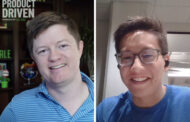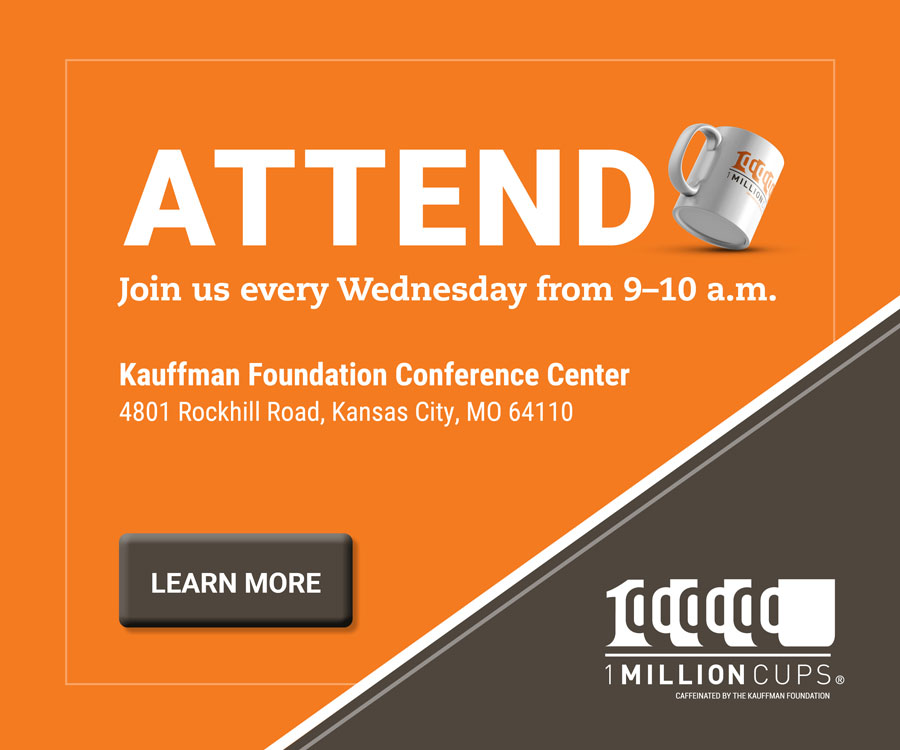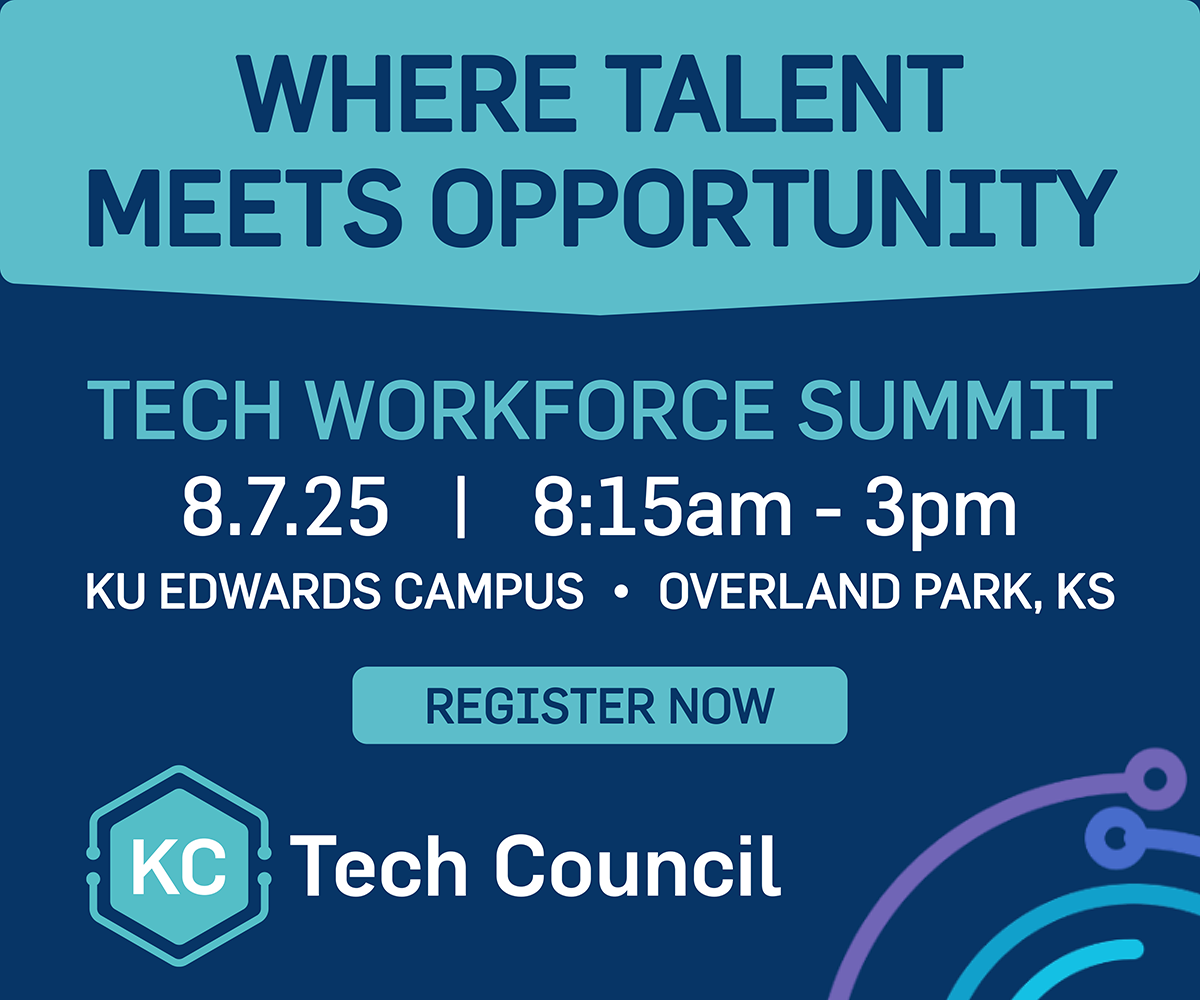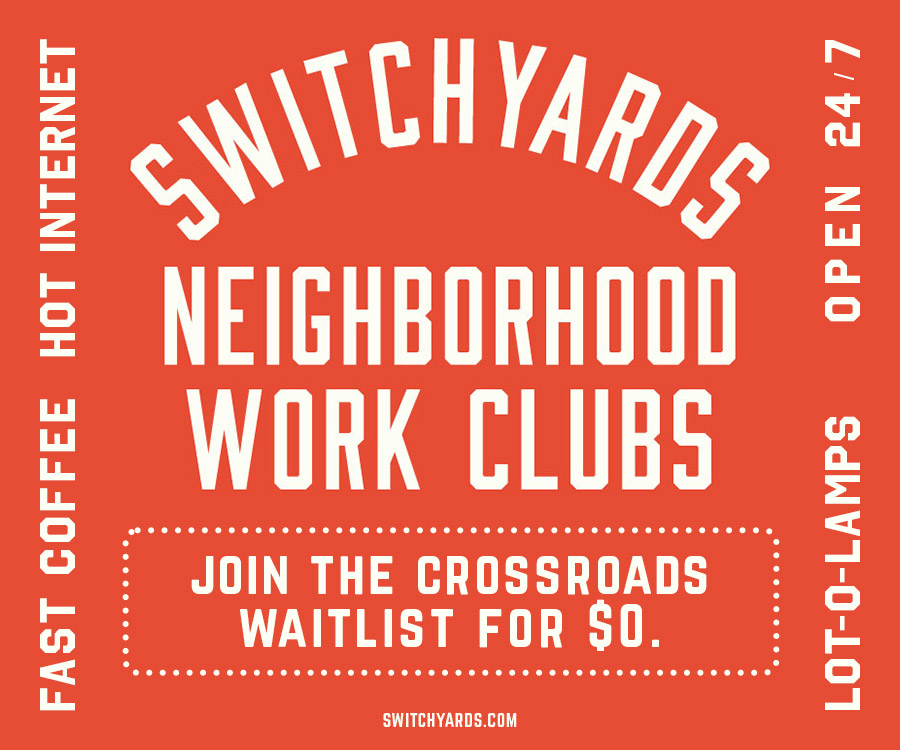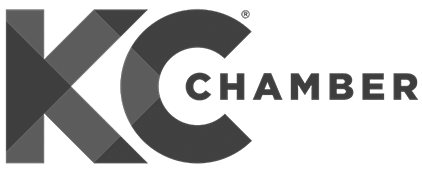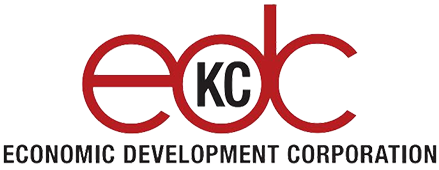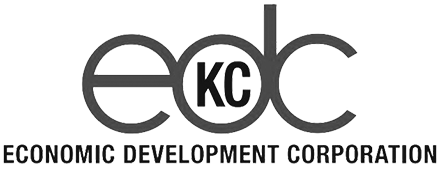Editor’s note: The opinions expressed in this commentary are the author’s alone.
Reality is often stranger than fiction, and even harder to predict.
Will our cities march toward the dizzying New, New York of Futurama’s 30th century; the harsh, crowded streets of Ridley Scott’s Blade Runner; or even the consumerist, transhumanist society of Warren Ellis’ Transmetropolitan? While these examples are simultaneously extreme and far-future depictions, they reflect the mindsets of the people who live in them.
So when we talk about creating a smart city and what it will look like, it’s really a question about who we want to be and how we want to lead our lives. How does a smart city reflect our aspirations, and how do we think we’ll achieve it?
The evolution of Kansas City
The information age is over and the future is infrastructure. The idea is that we’ve solved the problem of capturing data at a personal level and now we’ll start using that data to drive communities of scale.
Like any technology though, it takes time to roll out. At a government level, it’s slow. At the level a large city’s government operates? Don’t hold your breath.
By some miracle of chance, Kansas City is at an inflection point. We have a relatively small city with limited infrastructure and a growing and vocal technology scene — that also has an administration ready to take chances. Right now we’re scrappy, lean and hungry.
And so we’ve raised the battle flag to innovate. We were the first for Google Fiber, we’ve launched a test run of our new streetcar system, partnered with Cisco to bring more experimentation at the city level, improved available information around the city for pedestrians with interactive kiosks, and begun rolling out 50 blocks of free WiFi and sensor-driven streetlights.
We laid the foundation for today’s Kansas City two decades ago, with the bulk of acceleration developing in the last five years. We have the momentum. What should we be running toward in the next decade to take advantage of this opportunistic moment we have?
From today to 2025
As I mused before, a city is a reflection of its people. The key to Kansas City’s future is understanding who its residents will be in a decade, how they’ll interact with the world, what their expectations of life will be, and how they’ll extend their identity by living here.
Infrastructure is important, but so is a fostering community that creates job opportunities and has the right ingredients to nurture culture. Smart data and new technologies need to go hand-in-hand with cultural strategies that draw and keep residents in the area. Here’s what we need to do:
1. We must incentivize the growth of early-stage companies that draw and maintain a talented workforce.
I’ve watched plenty of good companies leave Kansas City for better opportunities. I’m not the first or the last to cry about a lack of funding for early-stage startups. There’s been a slight uptick in investment groups forming in the last year, but there’s still a gap. Currently, it seems that private investors in Kansas City often prefer philanthropic investment over less-understood, high-risk tech investment.
2. We must train talent, with bridges to local companies.
Higher education is costly and comes with a massive time investment, yet most companies won’t hire without at least an undergraduate education. Education that is affordable to both lower and middle classes will help fill the tech talent gap. Added to that, it can incentivize city occupancy and fuel a generation invested in personally growing the city.
Educational options such as LaunchCode, Udacity’s nanodegrees, The Disruption Institute, Omaha Code School or the Turing School are not yet widely understood or trusted in our community, but could provide access to desperately-needed talent.
3. We must find ways to plug into national and international partners.
Currently, there aren’t great ways to partner with companies outside the city, even with organizations that are still within the state or region. We need to encourage multi-locational partnerships for various industries, companies and organizations to connect across borders without them having to relocate. Meetups, conferences, demo days, collectives — all promote and foster networks, and increase multi-market awareness.
4. We must invest in infrastructure for everyone.
A smart city must be able to reach all citizens for it to operate accurately, which means citizens must know how to use and interact with smart city resources. That’s a difficult goal to reach when 70 percent of children in Kansas City, Mo. have no at-home internet access, and 25 percent of residents have no internet access at all.
Google Fiber has already run into some of the challenges in building a fully plugged-in smart city. Initiatives such as city-wide WiFi, autonomous personal and delivery transportation, and even drone delivery are opportunities to help underserved communities. Local initiatives such as the Free Network Foundation and Connecting For Good are working to bridge the digital divide in Kansas City, but there’s still a massive amount of work left to do.
Alongside digital inclusion efforts, Kansas City may soon implement other infrastructure that will lay the groundwork for a fully-realized smart city. Amazon’s investment in drone delivery logistics and initiatives by Tesla, Google and Uber on autonomous vehicles may make Kansas City a great test bed. Not to mention, we even have a guy in town who’s building sensors right into prefabricated pavement that could aid in support mechanics for these innovations.
5. Finally, our smart city must be flexible and adaptable like the people who live in it.
When we talk about smart cities, we need to keep in mind the organic nature of the concept we’re talking about. The city itself is not a gadget, but a supporting backbone for people to thrive in. Technology needs to be the tool that we use to bring up the least fortunate in our community so we have more members to participate. It will be the tool by which we cultivate fledgling companies that will become the engines of tomorrow, and the tool that connects us to other communities so we can flourish together.
I truly believe that for Kansas City to become an attractive, competitive community in the future, we need to champion the same pillars that attracted the folks who built Kansas City’s legacy in the early 1900s — access to opportunity, culture and a better, safer way of life.
Coty Beasley is co-founder of Edge Up Sports, which uses machine learning and IBM Watson to provide sports data insights. Connect with Coty on Twitter @beacrea.







